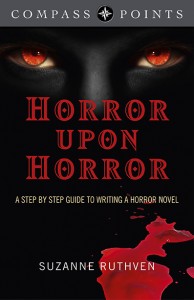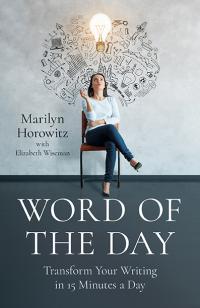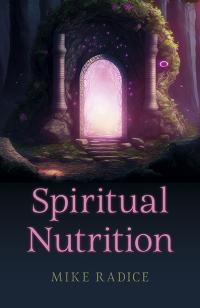
 It’s often said by writers that it’s harder to write a synopsis than it is to write a complete book. This is because the synopsis must encapsulate an entire story in order for
a publisher or agent to judge whether they wish to see the full typescript. Nevertheless, a well-written synopsis, together with the first three chapters of your novel will tell them all they need to
know about your writing in the first instance.
It’s often said by writers that it’s harder to write a synopsis than it is to write a complete book. This is because the synopsis must encapsulate an entire story in order for
a publisher or agent to judge whether they wish to see the full typescript. Nevertheless, a well-written synopsis, together with the first three chapters of your novel will tell them all they need to
know about your writing in the first instance.
Generally speaking, a synopsis should be no longer than an A4 page – single spacing = approx 500 words.
Only introduce the principal characters and restrict yourself to a thumbnail sketch of each in one sentence per person. Even if the narrative is character driven, a publisher or agent is going to be more interested in the plot.
Ask yourself: what is my story about? Now retell the story as if you were answering the question asked over dinner – any more than 500 words and your listeners’ eyes would begin to glaze over with boredom.
Don’t write the synopsis in a chapter by chapter style – tell the story as a piece of well-crafted mini-fiction.
And yes … publishers/agents DO want to know how the story ends! Don’t make the mistake of thinking that if they want to know how it ends they will send for the complete typescript. It doesn’t work like that.
Make sure you include important moments of intense highs and lows, but avoid drawn out descriptions of who’s doing what to whom.
Make an opening statement about when and where the story is set. This immediately identifies the period/setting in the reader’s mind.
For a non-fiction book the rules are still the same because you are still telling a story but without characters. Give the reason for writing a new book about the subject, and why you think it will have reader appeal. Also give a hint of any new or original information you have obtained that adds a spark to the subject and justifies a publisher adding the book to his lists.
A synopsis for Self-Help and How-To books can be submitted as a chapter-by-chapter breakdown, because the publisher can immediately see from the chapters how the book will progress. Opening sample chapters will give an example of your writing.
Put the finished synopsis away in a drawer for a few days before sending it off. Sometimes it’s better if we allow our ideas to simmer.
Conclusion
The importance of a good synopsis cannot be stressed strongly enough. Avoid leaving the writing of it until the last minute or you’ll look upon it as a job to be got out of the way without too much thought. A rejection or acceptance may hinge on how much effort you’ve put into writing it. Keep it short and snappy by studying the blurb on the cover of recently published books and see how the publishers have encapsulated the story in order to grab the browser’s interest in just a few words. Warning: A long, rambling synopsis can mean instant rejection of your book.
Buy Paperback: AMAZON US AMAZON UK BARNES & NOBLE HIVE INDIEBOUND
Buy eBook: AMAZON US AMAZON UK BARNES & NOBLE HIVE
This article first appeared in The Writer's Wheel Magazine Issue 3
Categories:
0 comments on this article







